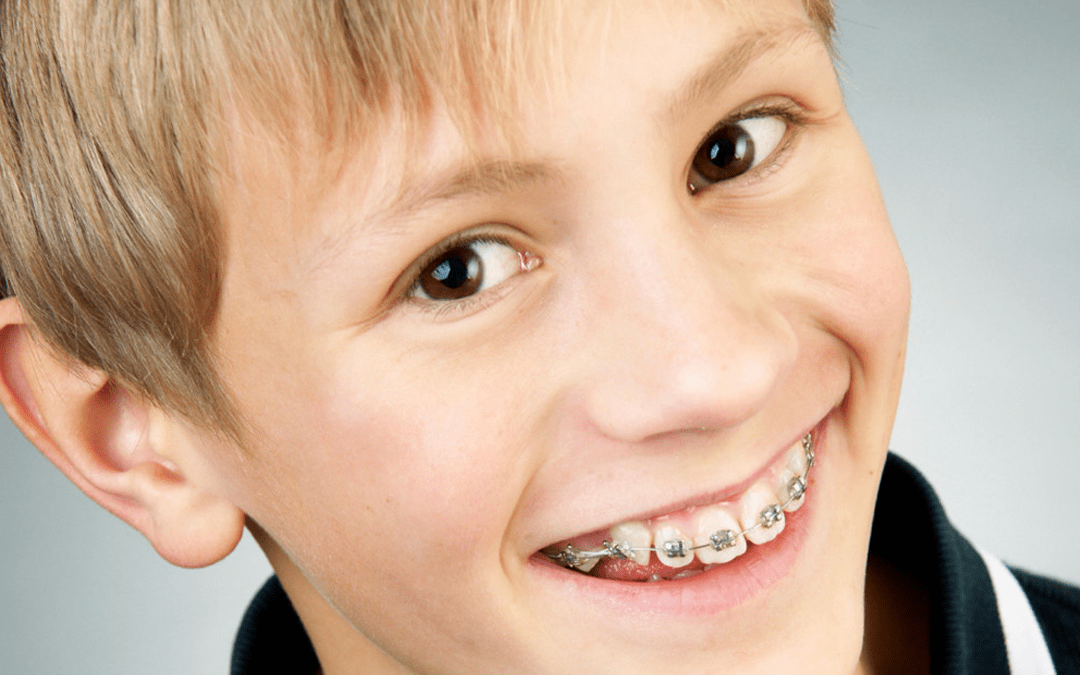
What are Dental Sealants?
What are Dental Sealants?

Thanks to the different foods that we eat, our teeth are prone to many forms of tooth decay which destroys our teeth and in turn will require expensive procedures. Don’t you just wish there was a way to protect the crevices of our teeth and prevent the growth of bacteria and germs? Well, dental sealants do just that. Dental sealants are plastic coverings that go over the part of the tooth that’s exposed or used when chewing or biting food.
Dental sealants, available at Academy Dental, have the ability to protect your teeth from food, germs and bacteria from being stuck on the pits and slits on the biting surface of the teeth. If not dislodged through brushing and/or gargling, the germs can develop into tooth decay and destroy the tooth in time. Dental sealants are barely noticeable once added onto the teeth and is usually used for the teeth located in the back of the mouth like the molars.
Dental sealants are also applicable for children and adults. As long as the tooth is mature enough or is in the ideal condition for the sealant, this is a viable form of teeth protection. This is because dental sealants can last for up to 10 years before needing to be replaced. This is perfect for kids so that parents minimize the costs of dental procedures for the child’s milk teeth, and a good option for adults who do not like to worry about dental problems too much.
There are even dental organizations that recommend the application of dental sealants for adults because it is so effective in protecting the teeth. However, it is also good to point out that dental sealants are not a valid excuse to stop brushing teeth, flossing and rinsing. The sealants work hand in hand with regular dental hygiene regimens to maintain a person’s oral health.
To see if dental sealants will work for you, best to consult the dental professionals at Academy Dental so that you can get an expert opinion and recommendation for your dental health. Contact us today!


Recent Comments